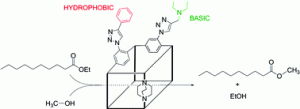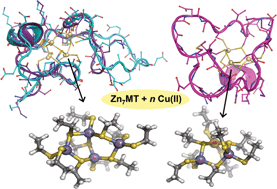Noble metals are highly regarded as unique catalysts for use in several reactions, many of them of interest for the pharmaceutical industry. However, their cost may be a reason why not to be considered in several applications. When used in the form of nanoparticles, an increase of their activity is expected as a result of their large specific surface area, even when small amounts are used, which can save money and time. In the search for more efficient ways to form C-N bonds, a variety of homogenous catalysts such as Cu, Pd and Rh have been investigated in order to tune them and improve their ability to promote cross-coupling reactions among aryl halides and amines. Specifically, copper mediated Ullmann condensation is attractive as it is cheaper than Pd or Rh.
 Zhenhui Kang and his group at the Institute of Functional Nano and Soft Materials and the Jiangsu Key Laboratory for Carbon-Based Functional Materials and Devices at Soochow University have developed a new catalyst based on copper nanoparticles inmovilized on silicon nanowires (CuNPs@SiNWs). This catalyst is able to enhance the coupling reaction at 110 °C among benzene halides and aniline in good yields, without the use of any ligand or additive. Even deactivated aryl bromides and inert chlorobenzene were reactive under the action of this novel catalysts. The authors suggest that the use of SiNWs as an alternative substrate support may be of interest of other researchers in the quest of superior heterogeneous catalysts.
Zhenhui Kang and his group at the Institute of Functional Nano and Soft Materials and the Jiangsu Key Laboratory for Carbon-Based Functional Materials and Devices at Soochow University have developed a new catalyst based on copper nanoparticles inmovilized on silicon nanowires (CuNPs@SiNWs). This catalyst is able to enhance the coupling reaction at 110 °C among benzene halides and aniline in good yields, without the use of any ligand or additive. Even deactivated aryl bromides and inert chlorobenzene were reactive under the action of this novel catalysts. The authors suggest that the use of SiNWs as an alternative substrate support may be of interest of other researchers in the quest of superior heterogeneous catalysts.
For further information, read the work by Zhenhui Kang and coworkers published in Dalton Transactions.
Copper nanoparticles modified silicon nanowires with enhanced cross-coupling catalytic ability
Keming Pan, Hai Ming, Hang Yu, Hui Huang, Yang Liu, Zhenhui Kang
Dalton Trans., Advance Article, 2012.
DOI: 10.1039/c2dt12182d











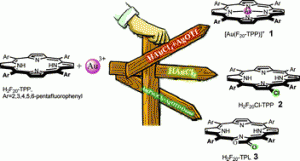


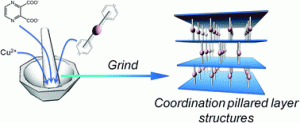

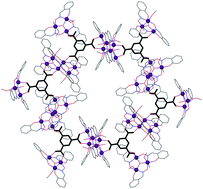

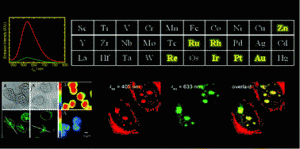 K
K 